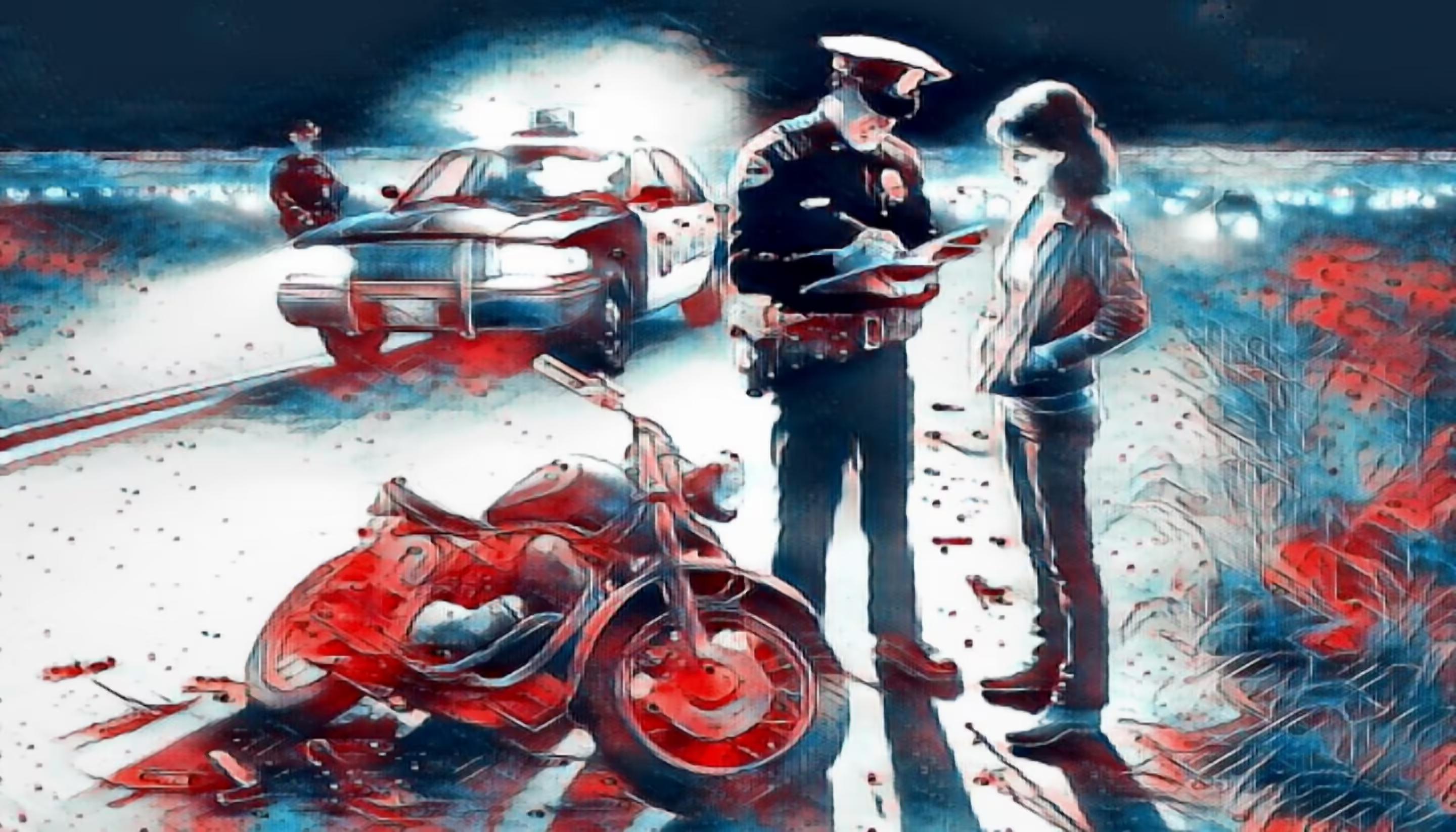No coverage by the guilty party is an important reason to purchase the best insurance coverage plan you can afford. Uninsured or underinsured motorist coverage is a vital part of your insurance policy, and it gives you comfort knowing that you're covered even if the other party is not.
If the at-fault party only has minimal bodily injury coverage, recourse can be taken against your insurance policy to cover all medical costs incurred from the accident. It is essential to double-check your policy since most companies that offer high limits to motor vehicles restrict these limits on motorcycles.
If the at-fault party has no insurance coverage, recovery depends on their assets. If they have no insurance or substantial assets, you will again have to refer to your insurance to compensate you for damages.
How Do I Get My Motorcycle Repaired After An Accident?
To repair your motorcycle after an accident, you should take it or tow it to a repair shop that works with your insurance provider. If you do not know any such shops, call us, and we will refer you to one.
The next step is understanding who is paying for the repairs. This is another reason highlighting the value of an adequate insurance policy. In most cases, the at-fault party's insurance will try to reduce your property damage settlement in any way possible. Their insurance will also investigate to determine fault before paying for motorcycle repairs. At the same time, your insurance will be obligated to repair your motorcycle because you are their customer.
Once your motorcycle is repaired, the insurance will release payment, and you can get it back.
What Should I Do If The Other Party's Insurance Is Being Unreasonable?
When the at-fault party's insurance is difficult to work with, for example, not returning calls, denying liability, failing to reimburse damages, rentals, medicals, etc., your best course of action is to seek legal representation. Legal representation ensures that you are not being taken advantage of by large insurance companies looking to minimize their cost at your expense.
What Should I Do If The Accident Is My Fault?
If you are at fault, your insurance will defend the claims against you. Having as much property damage liability protection as you can afford protects you against claims for damages to the other party. If you fail to provide "Property Damage Liability," "Comprehensive," or "Collision" coverage, then you have to pay for repairs out of pocket or defend yourself against a possible suit filed against you for compensation.
The insurance company will pay the fair market value of the motorcycle, either to you or the bank that holds the loan. Sometimes, clients who have purchased a brand-new motorcycle are left with the remainder to pay out of pocket because the fair market value drops significantly on a new motorcycle. Extra insurance, known as "gap insurance," can be purchased in case of an event like this to cover the difference between the market and loan values.
Why Is It Bad To Only Buy The Minimum Insurance Coverage Amount?
Having the minimum amount of coverage is rarely the best option. If you get into an accident involving a vehicle with a value exceeding your minimum property damage coverage, you are responsible for paying the difference.
Consider this hypothetical scenario: a 2020 Harley Davidson Street Glide with a $15,000 property damage coverage policy accidentally collides with a 2020 Ferrari 488, causing $40,000 in property damage. The remaining $25,000 will likely have to be covered by the motorcyclist out of pocket or taken from them through a lawsuit.
